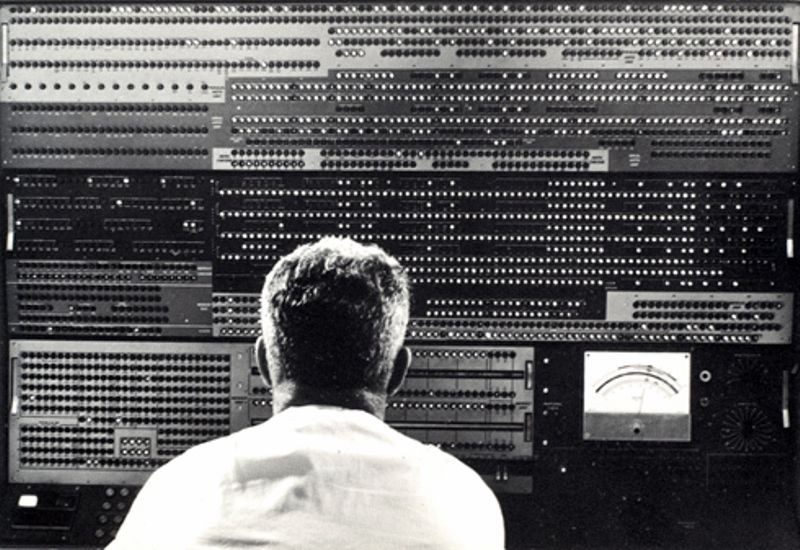Note: This is the 2nd in an ongoing series on tech topics
In this week’s infoseries, we’ll tackle the past, present, and future of cloud computing. The history of cloud computing is interesting. As you review it, you may be surprised at just how long the concept of cloud computing has been around. While it has evolved, the dream of anywhere, anytime access has always been the driving force behind its popularity, development, and growth.
“Cloud computing” is a broad term that covers a variety of different technologies and services designed to provide access to data and connectivity. While it is difficult to pinpoint exactly when cloud computing was invented, it is generally accepted that it emerged in the early 1960s with the development of mainframe computers.
The Past

In the 1960s, mainframe computers were very expensive and difficult to maintain. This led to the development of time-sharing, which allowed multiple users to access a single mainframe computer at the same time. Time-sharing became the first instance of computer resources being shared over a network. This is widely considered to be a precursor to today’s cloud computing.
The 1970s saw the development of client-server computing, further advancing the concept of shared computing resources. Client-server computing involved a central server that provided resources to client computers. Still in use today, this model is considered to be a form of cloud computing.
By the 1990s, the development of the internet made it possible to share computing resources over a global network. From there, we witnessed the development of web-based applications, which could be accessed from any internet-connected computer. Web-based applications are a form of cloud computing, and they are widely used today.
The Present
The term “cloud computing” began to be used in the 2000s to describe the delivery of computing resources over the internet. This is generally accepted as the start of the modern cloud computing era. This is an era characterized by the availability of a wide range of cloud-based services (i.e., Infrastructure as a Service [IaaS], Platform as a Service [PaaS], and Software as a Service [SaaS]).
The Future

The concept of cloud computing, in theory, has been around for a while. What we’re able to do now with it, however, has translated into a noted acceleration in its adoption in the market. It is now far and away the preferred way to deliver computing resources for both businesses and consumers. The appeal of cloud computing is based on a few key factors: ease of use, accessibility, security, and others. It is a foundational example of a great idea that technology matured into, creating a solution that almost everyone uses, whether they realize it or not.
Have questions about the past, present, or future of cloud computing? How about any other technology-related topic? We’re listening. Reach out to PKA Technologies today and let’s talk!






